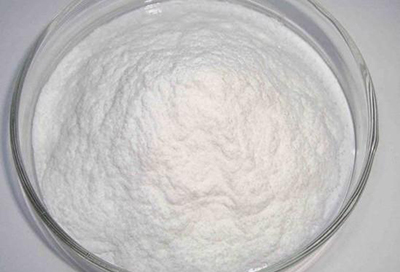What is the production of L-malic acid?
L-malic acid is a naturally occurring organic acid found in various fruits and vegetables, and it is commonly used in the food and beverage industry as an acidulant and flavor enhancer. It can be produced through several methods, including chemical synthesis and fermentation.
Chemical Synthesis: L-malic acid can be produced through chemical synthesis, typically starting with fumaric acid, which can be obtained from maleic anhydride. The reaction involves the addition of water (hydration) to fumaric acid to produce L-malic acid. However, this method is less common in the food industry due to the preference for natural and fermentation-based production methods.

Fermentation: The primary method for commercial production of L-malic acid is through microbial fermentation. The microorganism most commonly used for this process is Aspergillus niger, a filamentous fungus. Here are the basic steps involved in the fermentation process:
a. Substrate Selection: Carbohydrate-rich substrates, such as glucose, sucrose, or starch, are used as the carbon source for the fermentation.
b. Inoculation: The selected microorganism (Aspergillus niger) is inoculated into a suitable growth medium containing the chosen substrate.
c. Fermentation: Under controlled conditions of temperature, pH, and aeration, the microorganism consumes the substrate and produces L-malic acid as a metabolic byproduct.
d. Recovery and Purification: After the fermentation, the L-malic acid is separated from the fermentation broth. This typically involves processes such as filtration, crystallization, and ion exchange chromatography to isolate and purify the acid.
Fermentation-based production is the preferred method for L-malic acid production, as it is more environmentally friendly and produces a product that is considered natural and safe for use in the food and beverage industry. The final product can be used as an acidulant in various food and beverage products, including soft drinks, candies, and other items where its tartness and acidity are desired.
